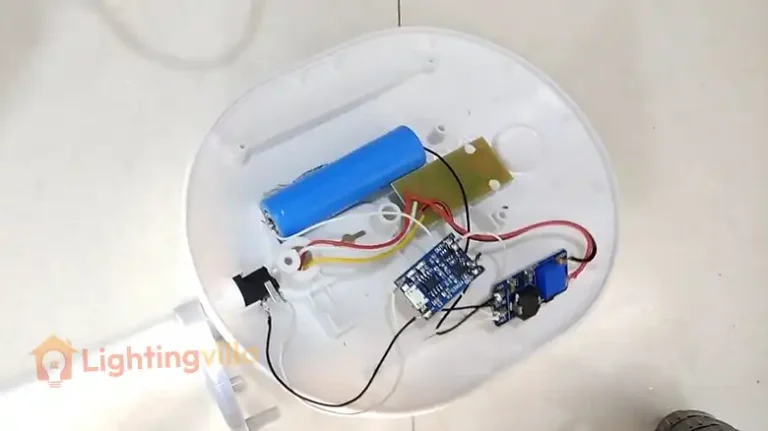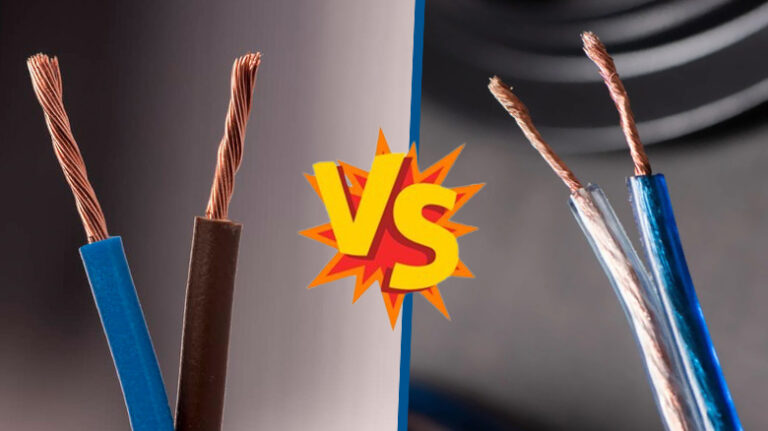China Cabinet Touch Light Not Working | Step-by-Step Guide
A china cabinet is a furniture item that holds and displays ceramic (“china”) or other porcelain. It generally has glass fronts and sides. Glasses, dishes, plates, and glassware are common items found in such cabinets.
A china cabinet, together with tables, seats, and a sideboard, is among the most common features of a classic dining room in the West, however, they can be put in any area. Historically, they were employed for beautifully adorned cabinet cups that were too costly and possibly fragile for normal use and were manufactured for collectors or as gifts.
We’ll look at how the illumination in the china cabinet works, as well as troubleshooting tips if the touch lighting fails, among other things.

China Cabinet Touch Light Malfunctioning
A touch lamp appears to work by magic; merely touch any metal object on the light to turn it on. It can even convert any incandescent lamp into a three-way lightbulb by controlling the amount of current supplied to the bulb. The intensity of the light bulb rises with each touch till the final touch switches off the lighting.
Troubleshooting some of the issues that might be causing the touch light to fail if tapping the surface no longer turns on the bulb. Follow these simple steps to give your light fixtures a complete inspection:
Step One
Check the lamp cord of your touch light for breakage. The pets may have eaten the cable, or other wire damage may have happened, causing the light to fail. If the cable is damaged, it must be replaced.
Step Two
Disconnect the touch light from the power source. Plug in some other lamp or radio to confirm that the socket can power another gadget. If the replacement lamp or appliance does not function, the socket or breaker may have broken.
Step Three
Connect the touch light to a functional outlet. If the lamp does not illuminate, disconnect it and replace the light bulb.
Step Four
Examine the lightbulb for a broken filament. Change the bulb if the filaments are damaged. After connecting the bulb back in, test its functionality using an incandescent bulb. Dimmable CFL light or LED (light-emitting diode) bulbs only function in touch lights.
Step Five
If the touch lighting still does not function, disconnect it and replace the bulb. Look for a little brass tab inside of the connector. Lift the tab gently using your fingers, needle-nose tweezers, or a tiny flat-head pin.
The light will not operate if this tab does not make touch with the bottom of the bulb. Change a bulb, connect it to the touch light, and test its operation. If the lamp does not turn on, the socket wiring must be checked.
Step Six
Disconnect the lamp and unplug the bulb. Remove the lampshade from the lamp harp by unscrewing the finial.
Step Seven
Locate the metal covers on either side of the connector at the bottom of the harp. As you pull the ends of the harp firmly, move the sleeve up the instrument. By doing so, the harp is freed from the saddle underneath the socket.
Step Eight
Take hold of the socket’s outer sleeve using your hand. Pull the plug base away from the sleeve. To get the sleeve to separate from the base, you might need to wriggle it while you pull.
Step Nine
Make sure the light wires are connected to the two output bolts on the outlet by inspecting them. If the cables are loose or unconnected, loosen the terminal nuts, wrap the light cables around the terminal, and then tighten the clamps.
Step Ten
Reconnect the light bulb after reassembling the touch light. Check your lamp’s functionality by plugging it into an outlet.
Step Eleven
If the touching light still won’t turn on, swap out the touch control within the light base. Take the light’s bottom out from the base and disconnect it to reveal the touch control. The lamp cable that is attached to the red or gray wire of the gesture controls should be covered with a little piece of electrical tape.
The wire connecting the light to the black multi-touch wire should be wrapped in a tiny piece of black tape.
Step Twelve
Disconnect the three wire connections linking the touch control cables and light cables together. The extra wire connection joins the two neutral light wires and the white multi-touch cable.
Step Thirteen
Remove the locknut that is securing the yellow touchpad cable to the light base’s threaded tip. Get rid of the old touch screen.
Step Fourteen
The touch-sensitive control’s yellow cable should be connected to the tip. The locknut you originally took can be used to fasten it to the light.
Step Fifteen
Using the wiring you took from the old neutral lines, reattach the two neutral light cables to the touch-sensitive control white cable. Connect the black touchpad cable to the light cable that is covered in black electrical tape with one of the initial wire connections. Attach the gray or red touchpad cable to the light wire that is covered in the electrical tape using the last wire connection.
Step Sixteen
Obtain a new light base. Connect the touch light to a power source. Verify the light’s functionality. The touch light should operate properly with the updated control.
Replacement of an LED Puck Light
Puck lights are an additional well-liked choice. These are perfect for lighting in the spotlight approach. This can be the best option if you only have a baseball that you want to show off. To fit your preferences, puck lights are available with LED, incandescent, or halogens. These lights are practically undetectable since they are concealed behind wooden trim or under the top of a glass-shelf cabinet.
There are three common techniques to secure puck lights: screws, permanent mounting clips, or springy clips. Simply pull the bulb firmly down to release the spring clips. To dislodge a permanent mounting clip from the sky, you might need to press the side of the clip in with a little screwdriver.
Pull the light down immediately after releasing it. The 12v system is connected to the lights. If required, a multimeter can be used to assist you in distinguishing between positive and negative.
The black and white cables should match and be connected in the same order that you took them out. They could have been joined together using crush or crimp wire nuts. You can usually reuse them. You can replace the light housing once you’ve made the connections and verified that they are secure. Now that the power has been restored, the light lens may be attached. You now possess a functional light.
Frequently Asked Questions
Where Should Lights Be Placed In Glass Cabinets?
Making your cabinets stand out and the glassware gleam, glass cabinet illumination is a fantastic source of backlighting. Our skilled designers have conducted countless design consultations over the years, and they have discovered that an upside-down “U” orientation on the front of the cabinet is the simplest approach to placing glass cabinet lights.
How Is A Showcase Cabinet Lit?
The easiest solution is to use a Contour LED strip to light the shelves. This calls for a straightforward down stand on the cabinet. On a heat sink, naked LED tape can occasionally be used; however, it is normally advisable to employ a visible or reflecting metal extrusion. The decision is based on the shelf’s polish and detail.
How do Touch-sensitive Dimmers separate?
Touch Dimmers Make Use of Unique Parts. Touch dimmers, as per ePanorama, a company that promotes electrical appliances, detect the energy contained in individual touches either at 50 or 60 hertz, based on the use of the dimmer.
Cabinet Switch: What is it?
Cabinet switches offer a practical way to light storage areas and cabinets in the house. They are activated either by the movement of a door or drawer or by a fast nudge from the user and are used to switch on and off cabinet lights.
Conclusion
Even something as basic as a cabinet may transform the appearance of your space. Our approach will undoubtedly help you identify the issue whether your device has a touch-sensitive light or a switch. Changing your cabinet light is a straightforward and enjoyable DIY project because it involves only a few steps.






